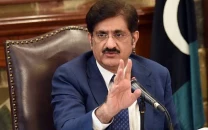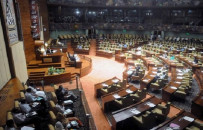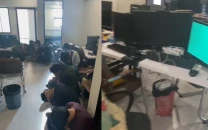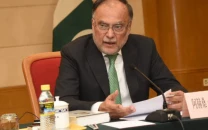Water shortage in Badin
The agriculturists and growers are adamant that the shortage is deliberate and does not result from natural causes.

Water shortage in Badin
The water shortage began more than five months ago when people living in the tail-end areas of canals failed to get water. Since the canals have dried up, the problem is much more critical. Firstly, the shortage affects residents of these areas who have no water to drink. These are the people who have been forced out of their homes towards other locations. Secondly, the dried-up canals will affect the crops they were meant to irrigate. Since Badin is a grower of rice, this water shortage will adversely affect the yield this year, especially because rice crops need a substantial amount of water as it is. This will surely cause financial losses to the growers as well.
The agriculturists and growers are adamant, however, that the shortage is deliberate and does not result from natural causes. In fact, some of them accused the federal government of cutting down water supply to Sindh’s canals and insisted that this shortage always occurs whenever the PML-N government is in power. Before the political parties turn this into a blame-game, with Sindh accusing the Centre of cutting power and the federal government shifting blame to the PPP-led government in Sindh, it is necessary that the local government is held responsible for the basic issue. How could the irrigation department not foresee this shortage? If this shortage has occurred before, then how come the irrigation authorities have no set plan in place? These are questions that must be answered before the problem turn into a political point-scoring match, which rarely ever leads to the solution of the problem.
Published in The Express Tribune, July 8th, 2014.
Like Opinion & Editorial on Facebook, follow @ETOpEd on Twitter to receive all updates on all our daily pieces.



















COMMENTS
Comments are moderated and generally will be posted if they are on-topic and not abusive.
For more information, please see our Comments FAQ